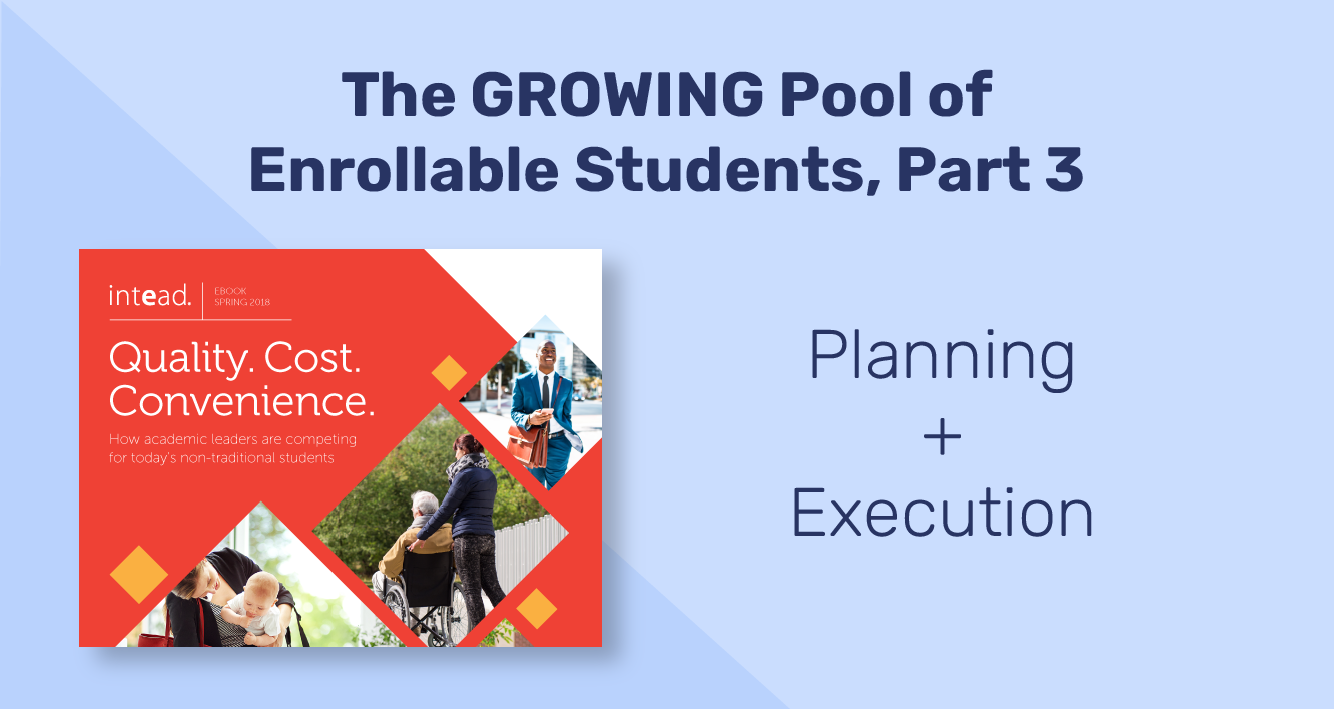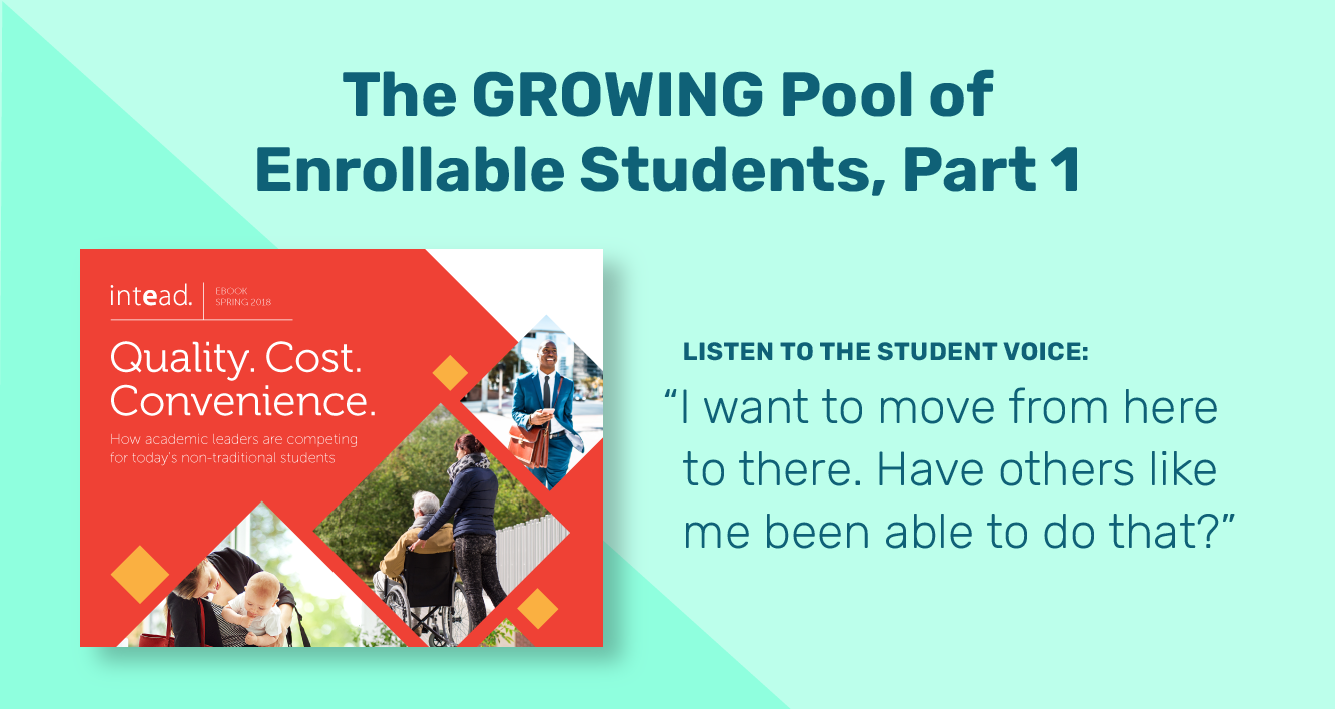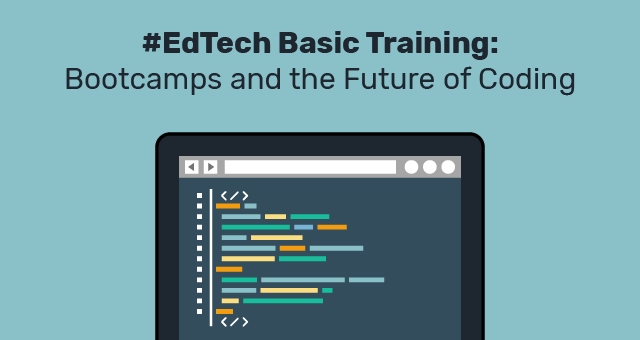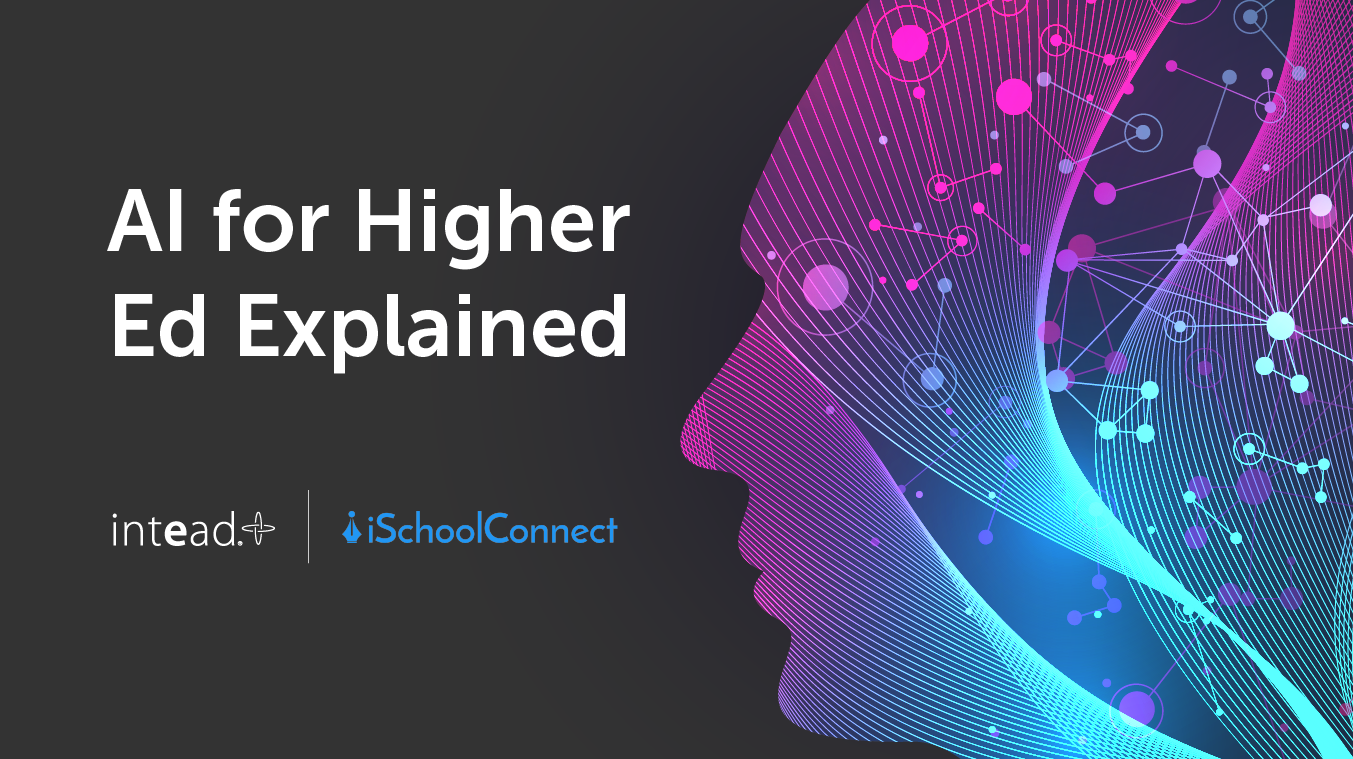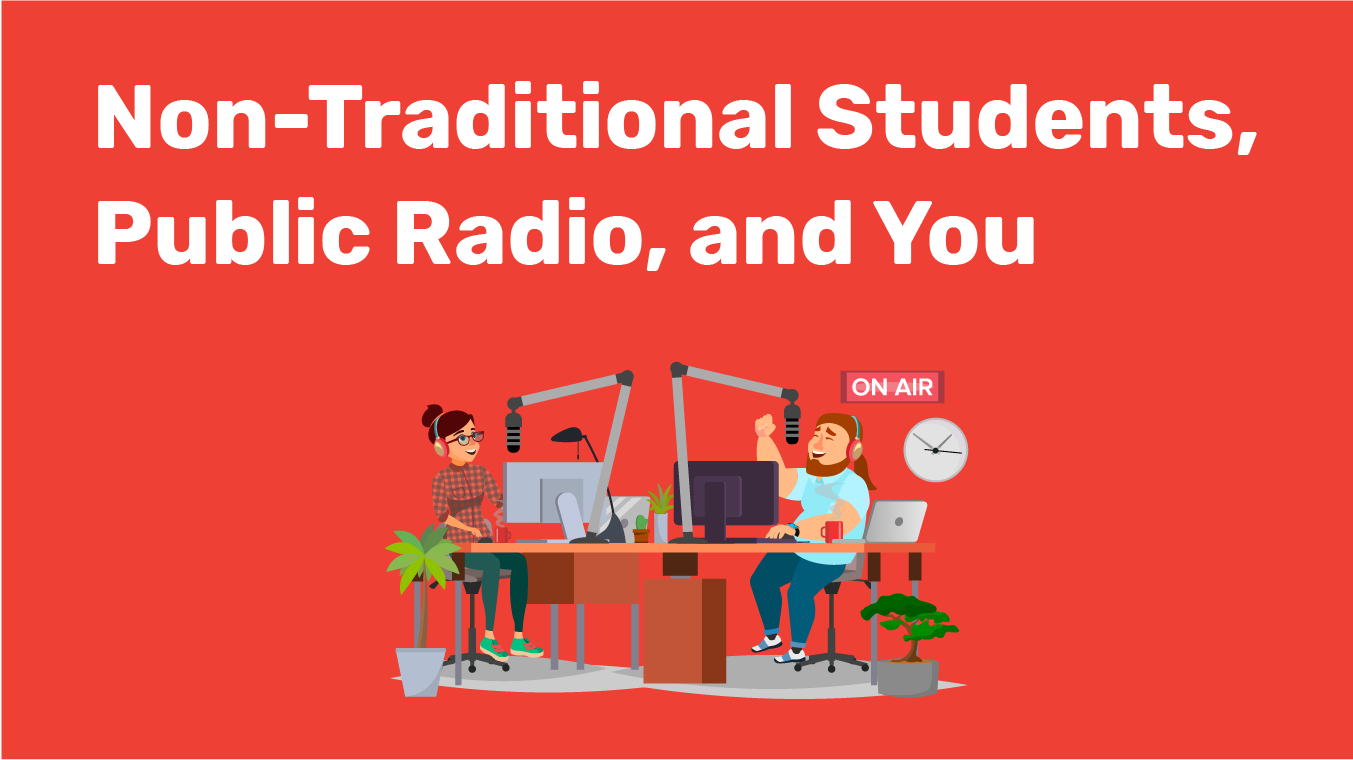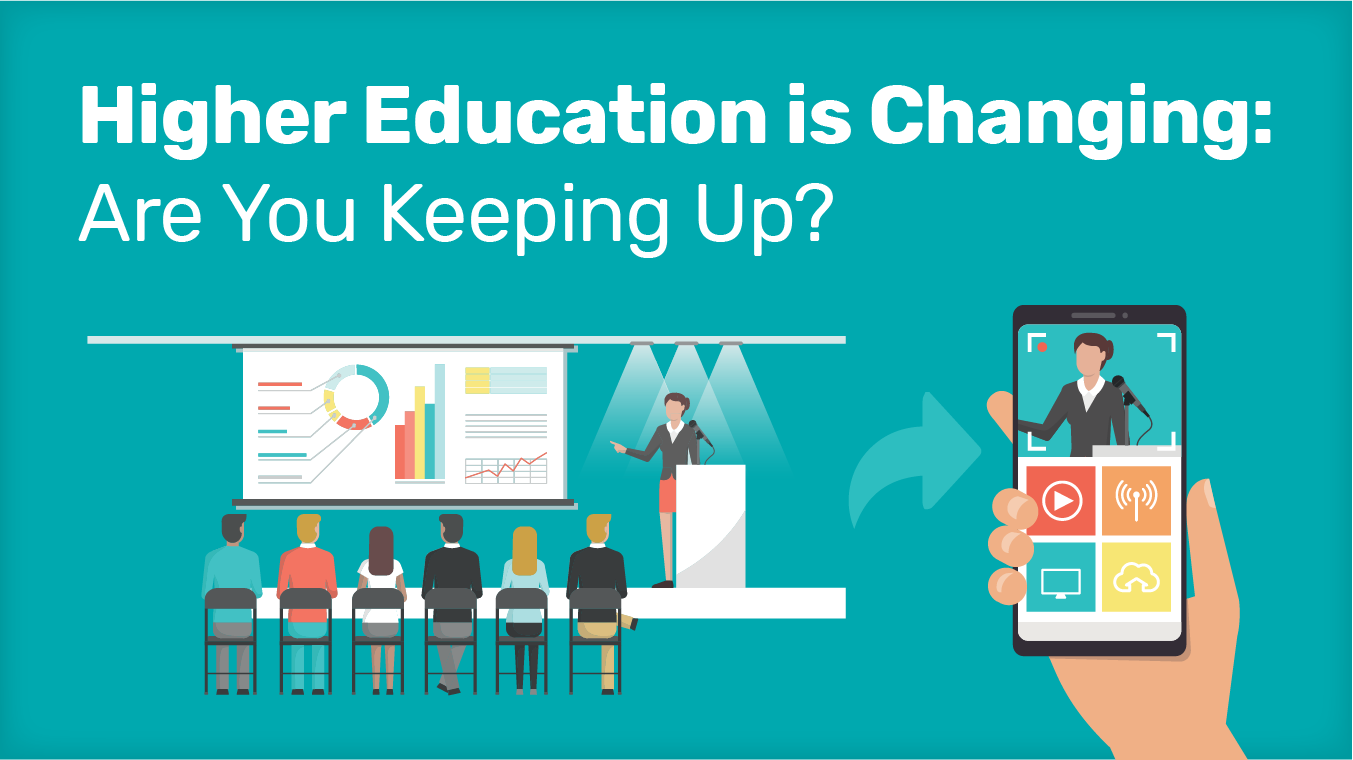Consider the fact that postsecondary institutions have lost nearly 1.3 million students over the course of the past two years. And last year over 940,000 “Some College, No Credential” students re-enrolled. Do the math.
The National Student Clearinghouse Research Center issued its latest “Some College, No Credential Student Outcomes” report, and the numbers are as you may expect. Large.
Based on July 2020 headcount, the NSC shows there are now 39 million people who can claim some-college, no-credential (SCNC) status—up 8.6% from 2019. In real-time, though, we are confident those numbers are even higher.
Look, we don’t need to tell you that we just wrapped up the fifth consecutive semester of declining student yield. After all, you’re knee-deep in recruitment expectations right now. And those of us working with the undergrad population, well, we’re down about 1.4 million students since 2020.
We are all feeling that and struggling with how all those predictive models seem to be anything but predictive right now. Weren’t they supposed to help us all hone in on growth? A few assumptions there need to be recalibrated.
But, there’s a story in this latest data that may be more optimistic than the doomsday headlines would suggest. Per various pundits’ predictions, a recovery rise in enrollment is on the horizon along with the demographic shift that points to an overall decline in the number of high school graduates. The SCNC crowd represents a significant opportunity that is so often overlooked as traditional recruitment efforts focus on the fresh out of high school crowd.
For the SCNC segment (a rather large segment that requires further segmentation -- they are not one block with common traits), it’s a matter of finding them and presenting your institution’s distinct opportunities to them. They clearly have different motivators and a different decision-making timelines than high school graduates.
Taking a closer look at the National Student Clearinghouse SCNC report – the third in a series – you’ll find that it quantifies the population growth of this large student subset and identifies levels of opportunity for re-engaging these one-time students. Sound interesting? It should if you’re looking to boost enrollment.
Unlike previous reports, this one tracks:
- Re-enrollment (students who hold a valid enrollment record)
- First credential (those earning their first-ever credential during the first academic year of stopping out)
- Perseverance (indicated by continuous enrollment after re-enrolling in 2019/20).
So, lots of good stuff.
For our key takeaways on SCNC prospects including best-bet recruitment opportunities, read on. And for actionable inspiration on how to woo this important crowd, check out our ebook: “Quality. Cost. Convenience.”
Read MoreWhat others are saying: This must-read primer will help anyone looking to better position their institution within today’s complex and competitive recruitment landscape. This is your guide to adapting to the new competitive environment.
~ Dr. David DiMaria, Senior International Officer & Associate Vice Provost, University of Maryland, Baltimore County

.jpg)


